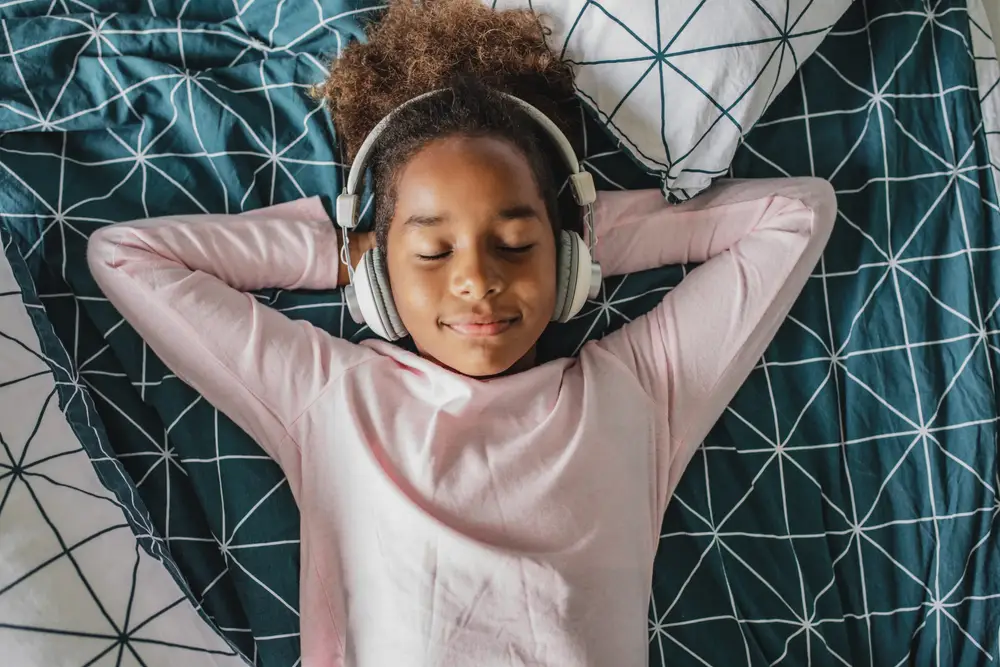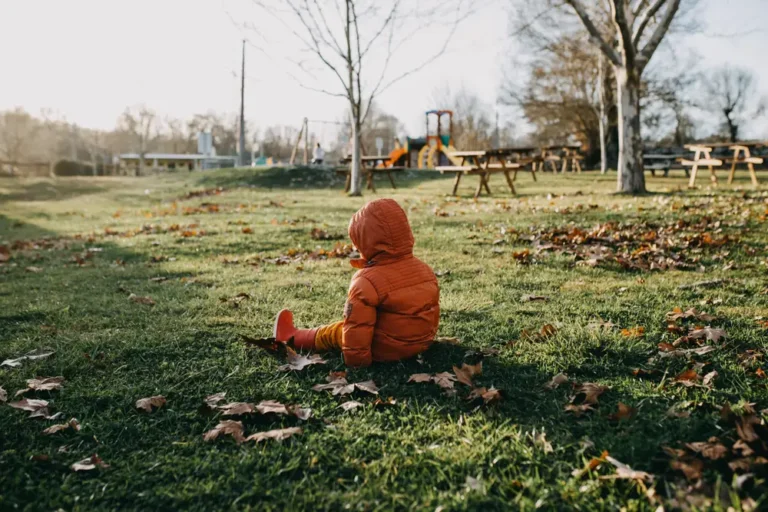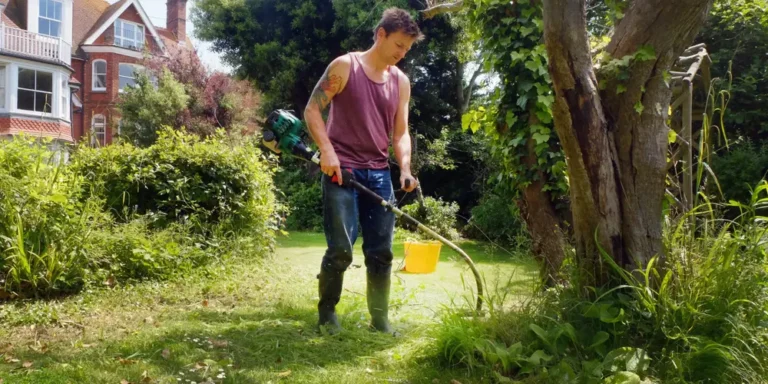Relax with the extracurricular activities — downtime is equally important for kids

Even with a busy schedule, downtime is important for kids.
Whether it’s driving a child to theatre practice, karate class, or both, after-school activities can be time-consuming for both children and parents.
While after-school activities can be a great place to make friends and discover new interests, it’s important that these structured activities do not completely take over a child’s schedule.
Erica Fener Sitkoff, a clinical child psychologist, and Peter Gray, a research professor at Boston College, spoke to B-17 about the importance of downtime for kids — even the ones who seem to be thriving with a full schedule of extracurricular activities.
Check-in with your child on their feelings toward their activities
It may be hard to tell if your child’s activities, or even one particular activity, have become overwhelming and if they need more downtime. But being observant, checking in, and removing some of the stress is a good place to start.
While your child may naturally excel at their structured activities, parents need to remove the pressure around achieving a certain level of success in their activities.
“There’s a difference between giving kids lots of exposure to things so they can figure out what they gravitate toward and what they’re good at,” Fener Stikoff said. “It’s another thing to have them do a lot of things and be the best at all of those things,” adding that that pressure can take the joy out of activities for some kids.
It’s also important to check in with your child on how they’re feeling about the structured activities they’re already involved in. One way to do this is by noticing more subtle shifts in their attitude toward their activities.
“What I recommend to parents, is if your child isn’t asking for it or doesn’t remember that today’s the day for such and such activity, then don’t take your child to it,” Gray said. “If your child wants it, that’s when it’s good. There’s no value in putting your child into an activity they don’t want.”
Fener Sitkoff agreed that it’s important to note your child’s interest in activities but recommended checking in directly with them.
“Continue to check in with your kid to say: Are you still liking it? What do you love about this? Is there anything you don’t love about it?” Fener Sitkoff said.
Downtime is key to a child’s overall well-being
Downtime and school activities are not mutually exclusive. It’s imperative that a child participating in any activity, even one they love, still find time to prioritize downtime for their overall health and development.
Fener Sitkoff told B-17 that downtime encourages creative thinking, problem-solving, reflection, and independence.
“If you think about when kids are on their own, to create their own experiences, they learn confidence,” Fener Sitkoff said. “It’s like they’re driving it themselves. They learn independence and decision-making. Then, when they are with peers, having unstructured downtime, they work on their social skills of how to work collaboratively with others.”
Although we may think about downtime as something we should fit into a child’s schedule amid their other activities, it plays a key role that should be recognized as more than an afterthought.
“It’s funny that we even call it downtime,” Gray told B-17. “Children are designed to be doing children’s things. They’re designed to play, explore, and follow their interests. They’re not designed to be in all these adult-directed activities. It’s true we call it downtime now as if they’re stepping down from all the other stuff they’re doing, but it ought to be that that’s childhood. It ought to be what they’re primarily doing.”
Allow your child to set the tone of what their downtime looks like
We all have different ideas of what downtime looks like in practice. For some kids, downtime may mean catching up on a book alone; for others, it may mean playing a new video game they’ve wanted to try.
Fener Sitkoff recommended parents center the idea of balance when considering their involvement with their kids’ downtime.
“When parents schedule and dictate downtime, you’re not creating that sense of agency and autonomy in a young person. On the flip side, if you give no structure, then you’ve let a young person who hasn’t had all the life experiences you’ve had guide themselves,” Fener Sitkoff said.
For example, if your child wants to spend their downtime using technology, you might allow them to do that, but help them create guidelines for how long they will use it Stikoff recommended. This might look like allowing your child to spend 30 minutes playing a digital game rather than more than four hours.
Even if you provide guidelines on how long your child will spend engaging in specific forms of downtime, Gray recommends that parents allow their children to have downtime alone or with other children, but not always in the presence of adults.
“Children have to get away from adults. It’s not even playing if there’s an adult there telling you what to do,” Gray said.
Structured after-school activities can definitely benefit children’s lives, but prioritizing their ability to have downtime, in whatever way your child chooses, is a key aspect of their development.






